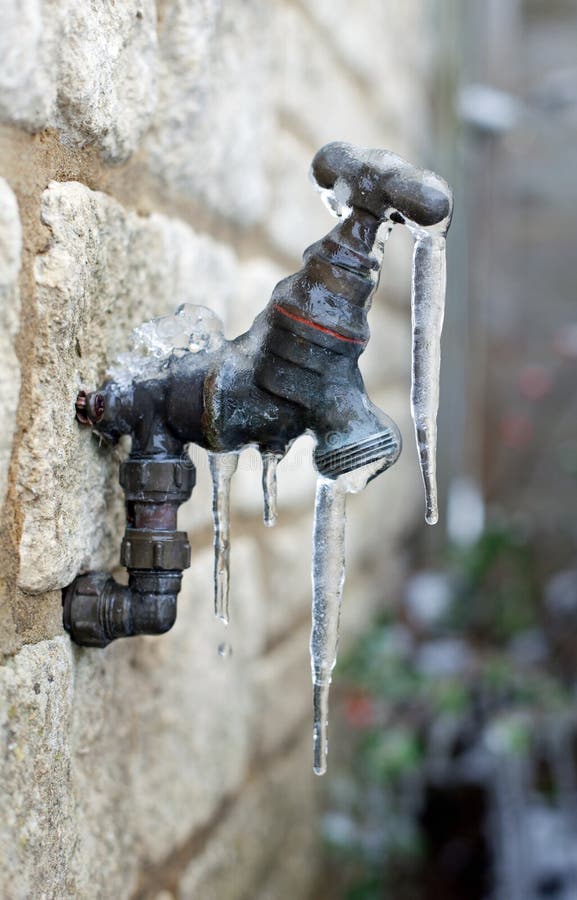Ways to Maintain Your Pipes from Freezing Issues: Essential Tips
Ways to Maintain Your Pipes from Freezing Issues: Essential Tips
Blog Article
What are your insights and beliefs on Preventing and dealing with frozen pipes?

Winter can ruin your plumbing, particularly by freezing pipes. Right here's just how to avoid it from taking place and what to do if it does.
Introduction
As temperatures decrease, the danger of icy pipelines rises, possibly bring about pricey fixings and water damage. Recognizing how to prevent icy pipelines is vital for house owners in cool environments.
Comprehending Frozen Pipes
What triggers pipes to freeze?
Pipelines freeze when exposed to temperature levels below 32 ° F (0 ° C) for extended durations. As water inside the pipelines freezes, it expands, taxing the pipeline wall surfaces and potentially triggering them to break.
Dangers and damages
Frozen pipes can cause water disturbances, building damages, and expensive repair services. Ruptured pipes can flood homes and cause extensive structural damages.
Indications of Frozen Piping
Determining frozen pipes early can avoid them from bursting.
Exactly how to identify frozen pipelines
Seek lowered water circulation from faucets, unusual odors or sounds from pipes, and visible frost on exposed pipes.
Prevention Tips
Protecting prone pipes
Cover pipelines in insulation sleeves or utilize heat tape to safeguard them from freezing temperatures. Concentrate on pipelines in unheated or exterior areas of the home.
Home heating strategies
Keep interior areas effectively warmed, especially areas with pipes. Open up closet doors to enable cozy air to flow around pipelines under sinks.
Shielding Outdoor Pipes
Garden hoses and outdoor taps
Separate and drain garden hoses prior to winter months. Mount frost-proof faucets or cover outdoor taps with insulated caps.
What to Do If Your Pipes Freeze
Immediate activities to take
If you think frozen pipelines, maintain taps available to ease pressure as the ice melts. Use a hairdryer or towels soaked in warm water to thaw pipes slowly.
Long-Term Solutions
Structural modifications
Consider rerouting pipelines far from exterior walls or unheated locations. Include added insulation to attic rooms, basements, and crawl spaces.
Updating insulation
Purchase top notch insulation for pipes, attics, and wall surfaces. Correct insulation aids maintain regular temperature levels and lowers the danger of frozen pipes.
Final thought
Stopping frozen pipelines needs positive measures and fast reactions. By comprehending the causes, indications, and safety nets, property owners can secure their plumbing during winter.
5 Ways to Prevent Frozen Pipes
Drain Outdoor Faucets and Disconnect Hoses
First, close the shut-off valve that controls the flow of water in the pipe to your outdoor faucet. Then, head outside to disconnect and drain your hose and open the outdoor faucet to allow the water to completely drain out of the line. Turn off the faucet when done. Finally, head back to the shut-off valve and drain the remaining water inside the pipe into a bucket or container. Additionally, if you have a home irrigation system, you should consider hiring an expert to clear the system of water each year.
Insulate Pipes
One of the best and most cost-effective methods for preventing frozen water pipes is to wrap your pipes with insulation. This is especially important for areas in your home that aren’t exposed to heat, such as an attic. We suggest using foam sleeves, which can typically be found at your local hardware store.
Keep Heat Running at 65
Your pipes are located inside your walls, and the temperature there is much colder than the rest of the house. To prevent your pipes from freezing, The Insurance Information Institute suggests that you keep your home heated to at least 65 degrees, even when traveling. You may want to invest in smart devices that can keep an eye on the temperature in your home while you’re away.
Leave Water Dripping
Moving water — even a small trickle — can prevent ice from forming inside your pipes. When freezing temps are imminent, start a drip of water from all faucets that serve exposed pipes. Leaving a few faucets running will also help relieve pressure inside the pipes and help prevent a rupture if the water inside freezes.
Open Cupboard Doors
Warm your kitchen and bathroom pipes by opening cupboards and vanities. You should also leave your interior doors ajar to help warm air circulate evenly throughout your home.

Do you enjoy more info about Prevent Frozen Pipes ? Post a remark down the page. We'd be happy to listen to your responses about this write-up. Hoping that you come back again soon. So long as you appreciated our article please do not forget to share it. Bless you for your time. Revisit us soon.
Information Here Report this page